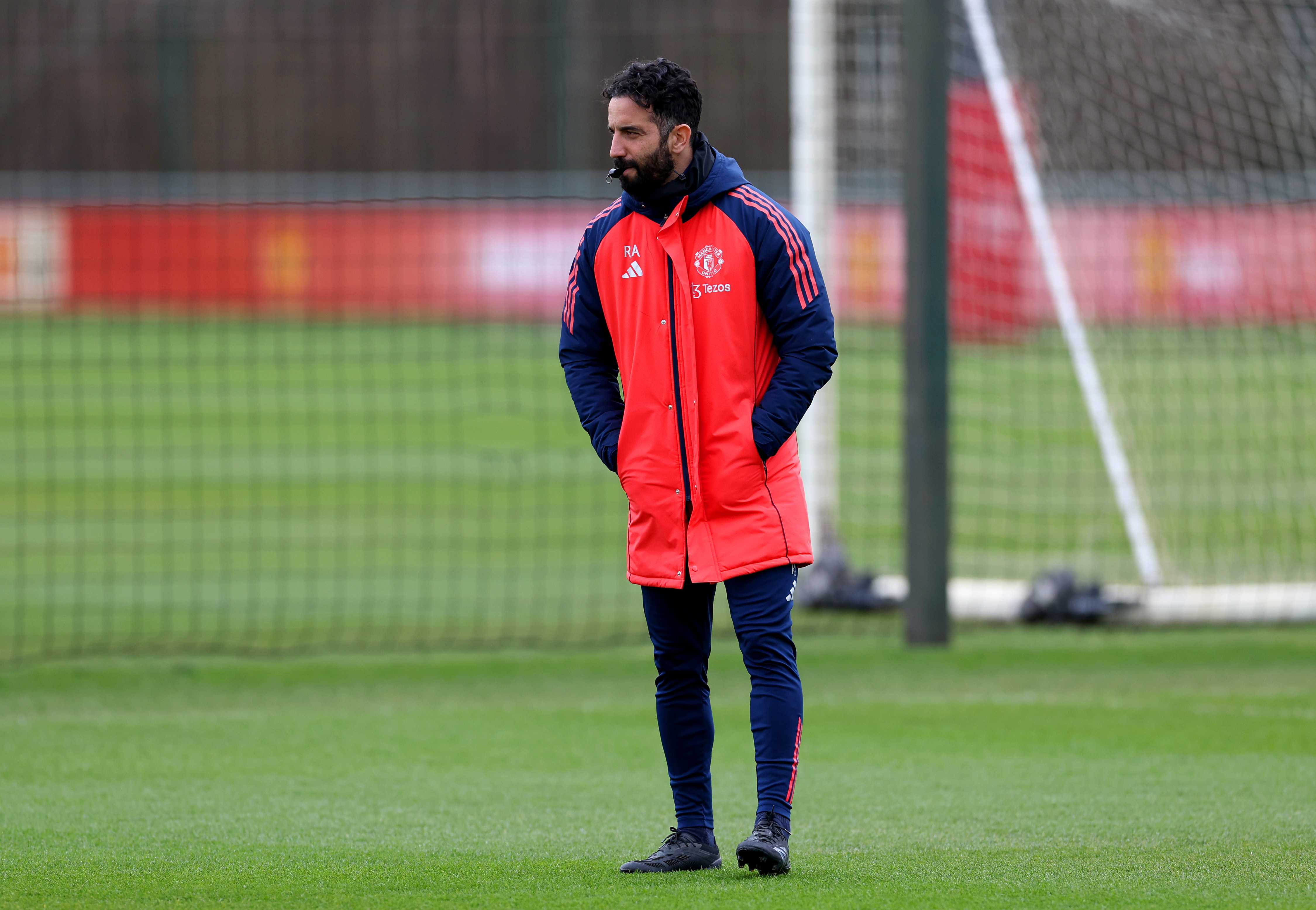Madrid's youth academy deserves as much respect as Barcelona's
Barcelona's la Masia youth academy is renowned for its productivity, but as Gareth McKnight reports, Real Madrid's Castilla has arguably had a bigger effect on Spanish football
Much to Real MadridâÂÂs displeasure, BarcelonaâÂÂs La Masia youth setup is viewed as footballâÂÂs No.1 breeding ground for new world-beating talent. With the likes of Leo Messi, Andres Iniesta and Xavi examples of the quality coming off the Catalan production line, and seven youth-team graduates in the starting XI that won last seasonâÂÂs Champions League final, the praise is understandable and justified.
The easy theory, prompted by the capital club's star-collecting 'galactico' ethos, is that Barcelona make players and Real Madrid buy them. But the Santiago Bernabeu sideâÂÂs youth system has more of an impact on their side, and La Liga, than first meets the eye.
Whilst MadridâÂÂs current first-team may be dominated by big-money buys such as Cristiano Ronaldo and Karim Benzema, this has not always been the case. In the late 1980s a combative and direct Madrid side won five successive Primera Division titles with five homegrown players at the core of the team.
Those five players â Emilio Butragueno, Manolo Sanchis, Martin Vazquez, Michel and Miguel Pardeza â were nicknamed La Quinta del Buitre (the VultureâÂÂs Cohort), and led the club to one of their most successful periods in recent times. The club prided itself on its Spanish core, coupled with a hardworking and passionate ethos.
The change in philosophy came during Florentino PerezâÂÂs first tenure as Real Madrid president between 2000 and 2007, with Luis Figo, Zinedine Zidane, Ronaldo and David Beckham high-profile, foreign Galacticos signings. PerezâÂÂs policy was initially coined Zidanes y Pavones, after Zidane and youth team product Francisco Pavon, the idea being to introduce one new big-money signing and one youth team member per season.
However, the young players, blinking in the limelight of the big-name signings, were rarely given opportunities and the team was accused of elevating entertainment above achievement, with the teamwork of La Quinta del Buitre not present.
Get FourFourTwo Newsletter
The best features, fun and footballing quizzes, straight to your inbox every week.
Zidane and, two to his right, Pavon
The policy of signing big-name players has continued into recent times, but many Madrid fans see Jose MourinhoâÂÂs current approach and style of play more similar to the hard-working Quinte del Buitre team rather than the lavish Galacticos idea. Furthermore, looking at Real Madrid's Castilla youth system, there have been a large number of graduates to have made a significant impact in the game in Spain, right up to the present time.
The poster-boy for the Madrid academy has always been Raul, who still holds the clubâÂÂs all-time goalscoring record from his 16-year stint at the Bernabeu. Similarly, Guti was a fansâ favourite in his 15-year spell, making almost 400 appearances throughout the 1990s and 2000s. Despite the capture of the worldâÂÂs most recognisable stars, these two remained the darlings of the Bernabeu.
In the current side Iker Casillas is held in as high a regard as anybody, and captains the club; SpainâÂÂs all-time record cap-winner needs no further praise and is a tribute to the pedigree of the Castilla. There were high hopes that Esteban Granero would be the next Castilla protégé, but as yet the talented midfielder hasn't been able to hold down a regular place in Los Blancosâ first team.
Raul and Casillas: homeboys
Some have graduated from the Castilla, gained first-team experience elsewhere and returned, such as defender Alvaro Arbeloa and forward Jose Callejon, who currently provide depth to MourinhoâÂÂs squad. However, MadridâÂÂs youth setup is apparent in other sides across La Liga (and indeed Europe).
Spain internationals Juan Mata and Roberto Soldado got first-team experience at Valencia and matured into world-class players, with both being linked with a move back to the Bernabeu at various times in their careers. Alvaro Negredo has swapped the Spanish capital for Andalusia, and has made sufficient waves at Sevilla to battle his way into the national set-up.
Other examples include highly-rated Benfica midfielder Javi Garcia, VillarrealâÂÂs Borja Valero and Valencia midfielder Dani Parejo, alongside countless others through the divisions.
Real Madrid's youth system have produced some excellent players in recent times, and although La Masia may be fabled in terms of the last 10 years, the Castilla has had widespread influence over Spanish football, both at the Bernabeu and further afield.
With the style, components and emphasis of almost all clubs and teams evolving and changing over the years, perhaps the Castilla will come to play an even bigger role in the future Mourinho is building.
